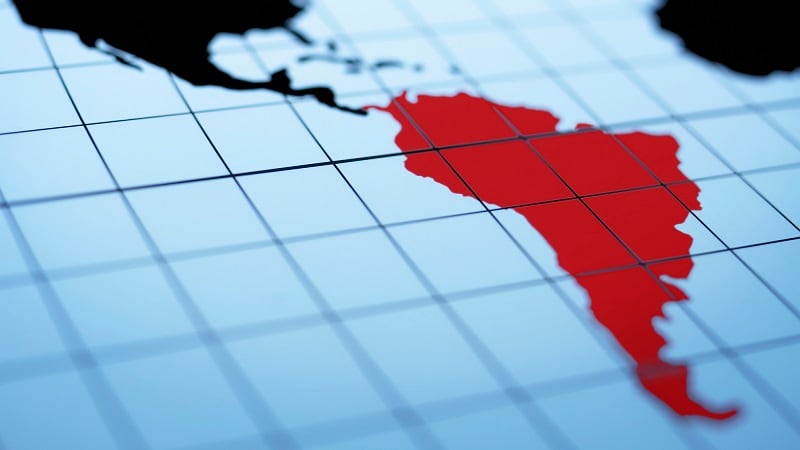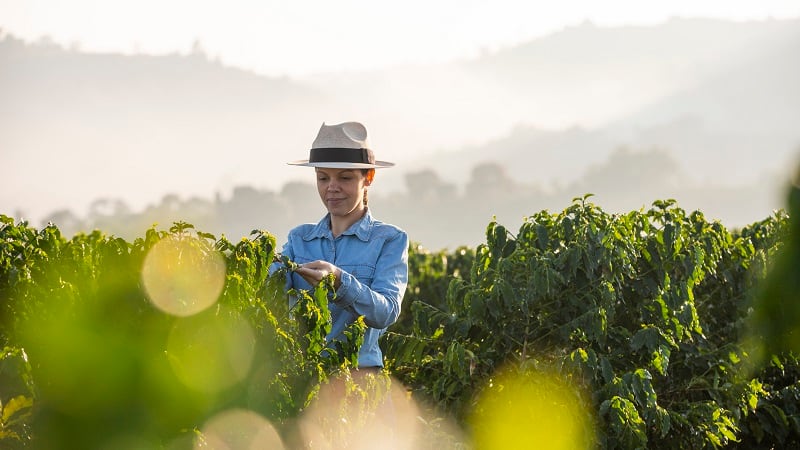Eatable Adventures continues to spotlight aspiring Latin American agrifood start-ups with the launch of its FoodRise innovation hub, made possible through a collaboration with the venture arm of the Inter-American Development Bank Group, BID Lab.
The FoodRise regional hub is designed to secure the food supply in the Southern Cone ─ Argentina, Chile, Paraguay, and Uruguay ─ and supports emerging start-ups in the region, the venture firm shared in a press release.
Eatable Adventures is seeking start-ups in the areas of logistics, processing, packaging optimization, waste and residue reduction, food shelf-life extension, nutritional improvement, healthier ingredients, and retail to be part of its acceleration programme.
“With FoodRise, we are taking a decisive step forward in our mission to design the food system of the future. This hub not only brings together the key players of the ecosystem but also strengthens our commitment to Latin America as a strategic region for developing solutions with global impact. At Eatable Adventures, we believe in the power of innovation to turn challenges into opportunities, and with FoodRise, we are activating a platform that unites science, talent, and investment to generate real, lasting impact in the global food system,” Mila Valcárcel, managing partner at Eatable Adventures, said in a press release.
Why does Latin America lag other regions in investments?
Eatable Adventures’ FoodRise programme will bring attention to Latin America’s entrepreneurial spirit and investment opportunities in the region, José Luis Cabañero, founder and CEO of Eatable Adventures, told AgTechNavigator.
Earlier this year, Eatable Adventures awarded five Spanish and Latin American start-ups as part of its Raíces programme, AgTechNavigator previously reported.
Historically, Latin America start-ups received a disproportional amount of funding compared to their global counterparts, Cabañero explained. Latin American start-ups received roughly 2% of the total amount of venture capital funding, according to the World Bank.
“Latin America is hidden from the masses of venture capital, corporations, and so on. And one of our goals is to uncover these initiatives and put them in the global context,” Cabañero elaborated.
South America’s vastness and regulatory and economic fragmentation are why many investors have avoided the continent, and that fragmentation could jeopardize growth, Cabañero explained.
Additionally, agrifood advancements in a specific country might lean towards one aspect of the food chain, he said. For instance, Argentina has a “very strong background in biotech” for agricultural applications but less in the food ingredients space, he noted.
“Latin America is hidden from the masses of venture capital, corporations, and so on. And one of our goals is to uncover these initiatives and put them in the global context."
José Luis Cabañero, founder and CEO of Eatable Adventures
Addressing food insecurity with agrifood investments
Latin America needs agrifood innovation across a range of technologies — including biotech, logistics, and financial services — to address food insecurity, Cabañero noted. Hunger impacted 41 million people in Latin America and the Caribbean in 2023, according to the World Health Organization’s 2024 Regional Overview of Food Security and Nutrition.
Additionally, South American logistics can be complicated, with some countries having more infrastructure than others, he added.
“Local distribution is very informal, and access to primary food items is not done through established retailers but rather that is normally done through informal channels. And we want to start working on improving those informal channels and start providing better access to quality food for the population,” Cabañero said.




